Laurent Morel is Head of the Editorial & Press Department in AG2R's Communications Division.
Laurent, you created the Association Française des Brand Managers: why a new association when there are so many of them in the small world of marketing and communications?
There are associations based on profile: some focus on advertisers, others on agencies. None has an 'ecumenical' approach, i.e. one that is open to all brand professionals: advertisers, consultants, lawyers, experts, researchers, teachers, students, etc. The association's board reflects this approach, since it is made up of two advertisers and two consultants. What brings us together is our belief in the power of the brand to create growth. And our common ambition is to convince the managers of French companies of all sizes. Between standard business management and brand-led development, it's as if the company were moving from the main road to the motorway! The attractiveness of its offering is boosted, its scope of action is extended, its teams are pumped up: everything is more powerful!
Why is the role of brand manager so little known in France? In Anglo-Saxon countries, the problem doesn't really arise.
Brand professionals are often mistakenly associated with logo designers. In France, this activity generally falls within the artistic field and is entrusted to a drawing professional, or in other words, a design professional. In Anglo-Saxon countries, it is the "dessein" (with an "e") professional who takes charge of this operation, resulting in a strategic vision of the brand, an approach that serves its longevity and therefore its profitability. In a perfect world, the two approaches would work together to create a lasting relationship with the consumer.
Many entrepreneurs tend to believe that a brand only exists through the products it names. However, a brand has real value in its own right, independent of the products and services it designates ...
Yes, and this value is indeed a company asset. Over and above its ability to trigger the purchase of a product, it can attract new talent to the workforce and open up new areas for development and diversification. On this point, too few managers rely on brand licensing or co-branding to boost sales of a product that has become too standard, or, for those who have a strong brand, to exploit it in areas that are legitimate but different from the company's core business. Rather than talking about brand management, I'm more in favour of talking about 'brand development': the brand creates value, additional turnover, and is therefore a lever for growth and revenue for the company.
Is it really possible to assess a brand's ability to influence consumers?
The capacity to influence the consumer can be calculated: it is called the "brand premium". This is the amount of extra the consumer is prepared to pay to have the brand. This premium is around 5% in the insurance sector in which I work. When you have a turnover of €28bn, I'll leave you to calculate the amount of the brand premium... And in the luxury sector, the brand premium can be as high as 1000%!
Some companies don't hesitate to include brand equity on their balance sheet: but isn't that going a bit too far?
The Anglo-Saxon accounting model provides for the value of the brand to be recorded as a company asset. We are all aware of this value, particularly when a company is sold or when there is a merger: these are key moments when the value of the brand needs to be calculated. So why wait for these extreme moments? It is possible to incorporate this value into the balance sheet throughout the life of the company. Its book value is linked to the investments made in it, its position in relation to competing brands, and its attractiveness, i.e. its ability to generate a brand premium.
(by François Laurent, Blogger at MarketingIsDead.net)




